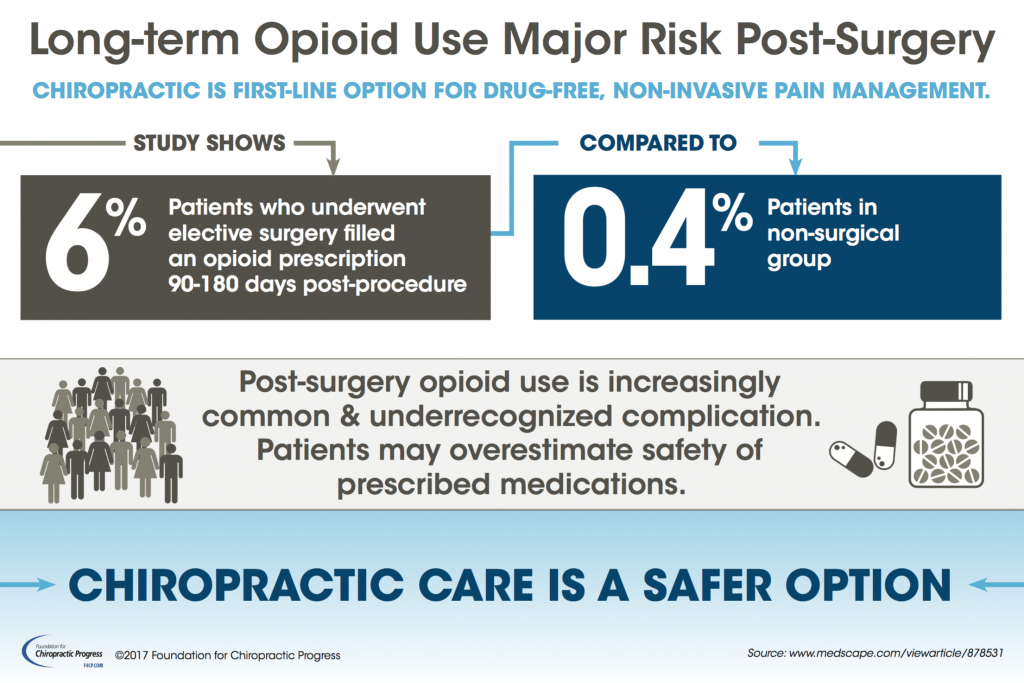Brace Yourself For An Exploration Into The Exciting Cellular Communications Of Cold Laser Therapy And Its Application Of Light As A Recovery Mechanism. Take A Deeper Dive Into The Scientific Facets!
Brace Yourself For An Exploration Into The Exciting Cellular Communications Of Cold Laser Therapy And Its Application Of Light As A Recovery Mechanism. Take A Deeper Dive Into The Scientific Facets!
Blog Article
Suggested Reading -Krog Roberson
You may have heard of cold laser treatment as a promising therapy option for various conditions, but have you ever before asked yourself exactly how it actually works with a cellular level? Understanding the devices behind this treatment can clarify its performance in advertising healing and lowering swelling. By exploring the science behind cold laser treatment, you'll get understandings right into the fascinating ways in which light can influence cellular processes and promote tissue fixing.
Exactly How Cold Laser Therapy Functions
To understand just how cold laser therapy functions, you need to comprehend the basic principles of how light energy interacts with biological cells. Cold laser treatment, likewise known as low-level laser treatment (LLLT), makes use of certain wavelengths of light to pass through the skin and target underlying tissues. Unlike https://www.healthline.com/health/beauty-skin-care/hyperpigmentation-treatment made use of in procedures, cold lasers produce reduced degrees of light that do not produce warm or create damages to the tissues.
When these mild light waves reach the cells, they're absorbed by parts called chromophores, such as cytochrome c oxidase in mitochondria. This absorption sets off a collection of biological responses, consisting of enhanced cellular power production and the release of nitric oxide, which improves blood flow and lowers inflammation.
Additionally, the light power can also promote the production of adenosine triphosphate (ATP), the energy currency of cells, helping in mobile repair service and regrowth procedures.
Fundamentally, cold laser therapy uses the power of light power to promote recovery and minimize discomfort in a non-invasive and mild fashion.
Mechanisms of Action
Just how does cold laser therapy in fact work to produce its restorative impacts on biological tissues?
Cold laser treatment, additionally called low-level laser therapy (LLLT), operates with a procedure referred to as photobiomodulation. When the cold laser is applied to the skin, the light energy permeates the cells and is absorbed by chromophores within the cells.
These chromophores, such as cytochrome c oxidase in the mitochondria, are then stimulated by the light energy, causing a waterfall of organic reactions. One vital mechanism of action is the enhancement of mobile metabolic rate.
https://chiropracticdoctorsclinic62840.blog4youth.com/28827618/a-comprehensive-review-of-the-advantages-of-cold-laser-treatment-in-handling-pain soaked up light energy raises ATP production in the mitochondria, which is critical for mobile function and repair work. In click the up coming internet site , cold laser treatment assists to lower inflammation by preventing inflammatory moderators and advertising the release of anti-inflammatory cytokines.
This anti-inflammatory effect contributes to discomfort relief and cells healing.
Restorative Results
Comprehending the restorative results of cold laser therapy entails acknowledging just how the enhanced mobile metabolic process and anti-inflammatory residential properties contribute to its favorable results on organic cells.
When the cold laser is put on the affected area, it stimulates the mitochondria within the cells, bring about enhanced production of adenosine triphosphate (ATP), which is crucial for cellular feature and repair work. This boost in mobile energy increases the healing process by promoting cells regeneration and decreasing inflammation.
In addition, the anti-inflammatory buildings of cold laser treatment help to decrease discomfort and swelling in the targeted area. By preventing inflammatory moderators and advertising the launch of anti-inflammatory cytokines, cold laser treatment help in relieving discomfort and boosting the general healing reaction.
This reduction in swelling not just offers instant alleviation but also sustains long-term tissue repair service.
Final thought
To conclude, cold laser therapy functions by stimulating cellular repair and tissue regeneration through photobiomodulation. Its anti-inflammatory properties provide pain relief and lower swelling by preventing inflammatory conciliators.
This therapy supplies a detailed strategy to recovery, delivering both immediate relief and long-term tissue repair work advantages.
With its mechanisms of action, cold laser therapy confirms to be an efficient and appealing therapy alternative for a range of conditions.
